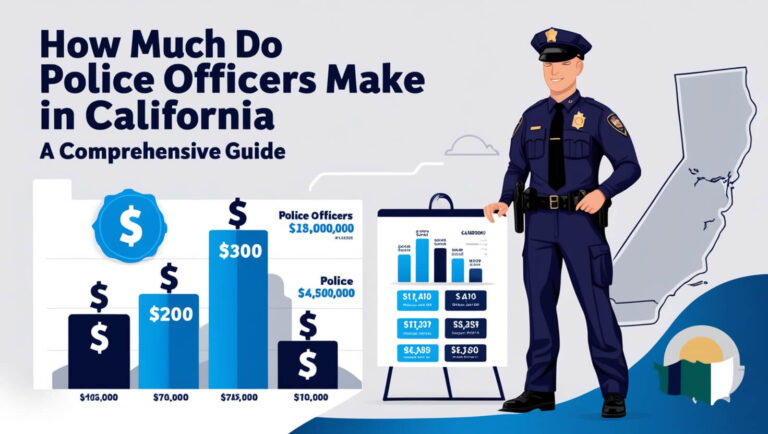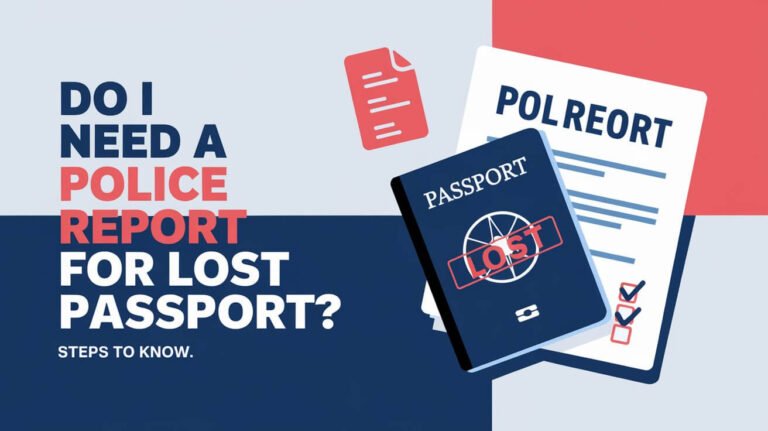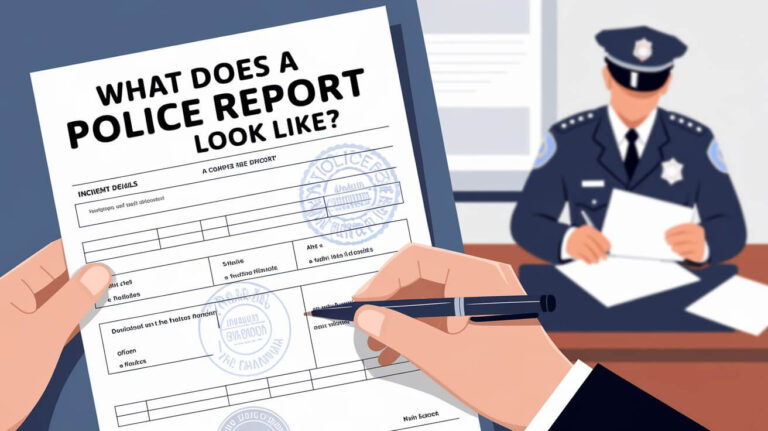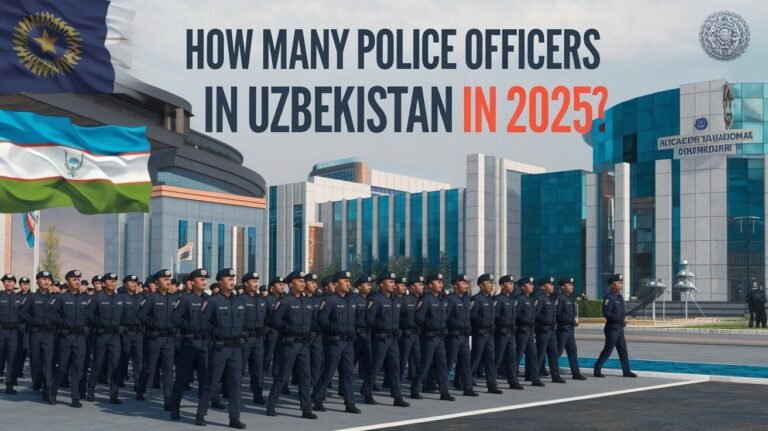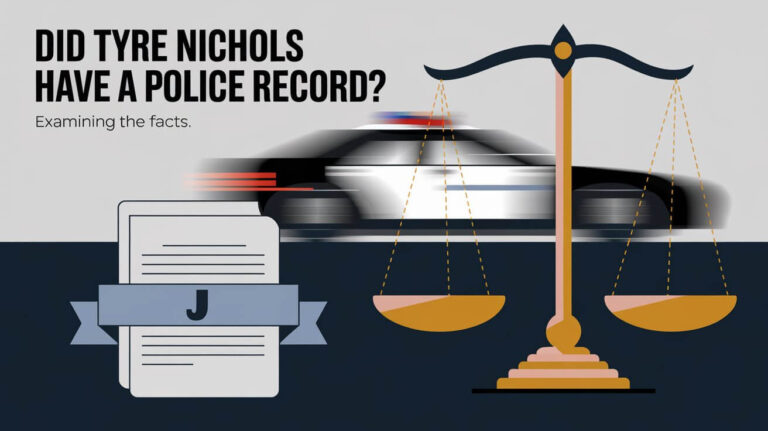How Did Britain Call Police Cars In The 1959s: A Closer Look
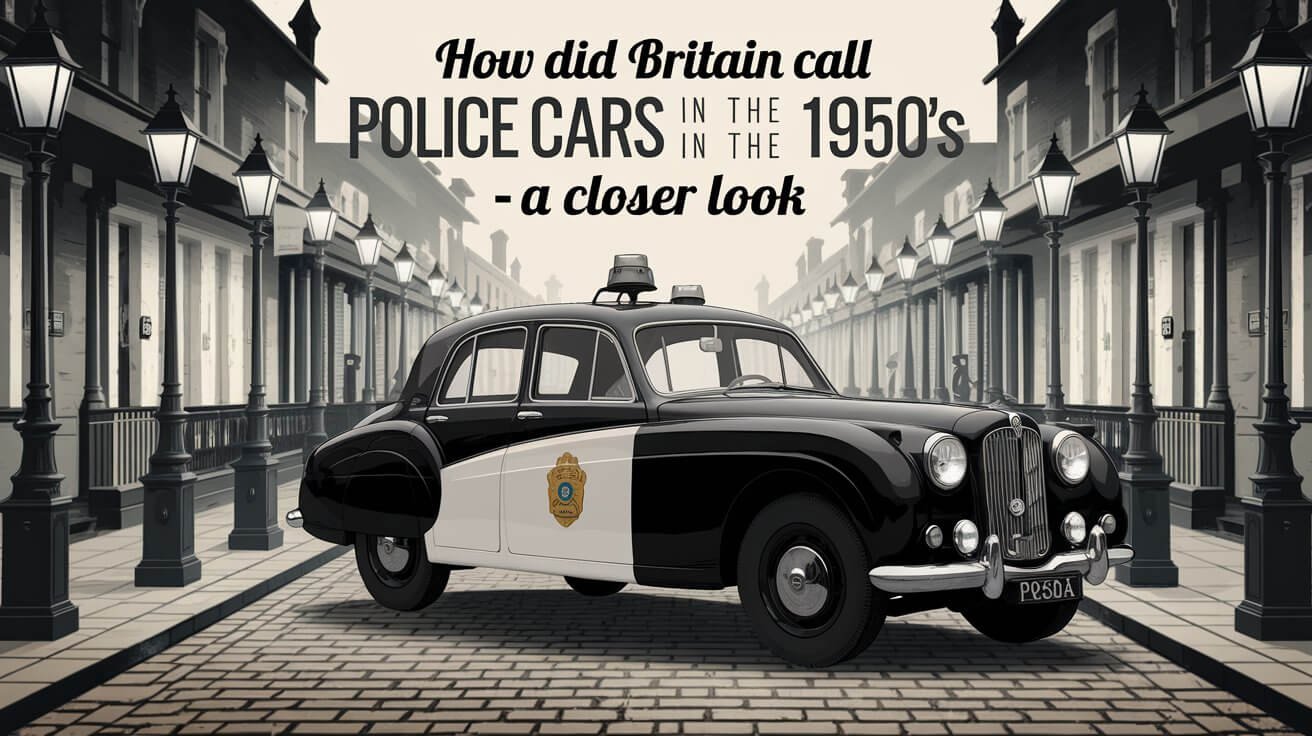
In the 1950s, police cars in the UK saw big changes. Many forces bought foreign cars because British ones were not reliable. The Volvo 121 Amazon was one of the new cars, bought by Hampshire and Isle of Wight Constabulary in 1965.
The UK police started using fast cars like the BMW E3 3.0Si. This made their work better. Now, police cars came from many brands, like Volvo and BMW, not just British ones like Ford and Vauxhall.
The need for fast cars changed police vehicles in the UK. Many cars, like the Ford Zephyr and Jaguar Mark II, were used for patrolling. These cars were fast and reliable.
The 1950s cars, like the Wolseley 6/80 and Triumph TR4, were key in police history. Their special features made them great for police work. The UK police cars of the 1950s helped create the modern ones used today.
British Police Vehicle History Before the 1950s
The history of police vehicles in the UK is quite interesting. The British police used many ways to get around over the years. They started with horse-drawn carriages and then moved to cars.
First police cars came in the early 1900s. This was a big change for the police.
British police were key in shaping this history. Each force had its own way of using vehicles. For example, Lancashire Constabulary was ahead in using radar and white cars before the 1950s.
Early Police Transportation Methods
At first, police used horse-drawn carriages for their work. But, with the arrival of cars, they started using them for police duties. This change showed how the police’s needs were evolving.
First Motorized Police Units
The first police cars were a big step forward. They were used for many tasks, like patrolling and chasing suspects. The British police were quick to adopt cars, making their work better.
Post-War Vehicle Evolution
After World War II, the police kept improving their vehicles. They got new cars and motorcycles that were better for their jobs. The British police were leaders in using new vehicles for their work.
| Year | Police Force | Vehicle Introduced |
|---|---|---|
| 1965 | Hampshire and Isle of Wight Constabulary | Volvo 121 Amazon |
| 1972 | Thames Valley Police and Derbyshire Police | BMW E3 3.0Si series |
| 1974 | West Mercia Police | BMW police vehicles |
The Panda Car Revolution
The 1950s saw a big change in police cars with the introduction of panda cars. These cars were easy to spot because of their black and white colors. They were made to help police patrol streets better.
Some key features of panda cars include:
- Distinctive black and white color scheme
- Improved visibility and recognizability
- Enhanced communication systems
Design of panda cars was a response to the need for modern policing. The 1950s police cars, including panda cars, set the stage for future designs.
Today, the impact of panda cars is clear. Police forces worldwide use similar designs and colors. The 1950s panda cars were a big step forward in police car design. Their influence is seen in police cars today.
Police Vehicle Color Schemes and Markings
The UK police have a unique look thanks to their vehicle colors and markings. The most common design is the battenburg pattern. It’s a yellow and blue chequerboard that makes police cars stand out.
Each region in the UK has its own twist on police car designs. But the battenburg pattern is the most famous. The logos and other markings on the cars also play a big role in their look.
Here are some examples of police car designs:
- Battenburg pattern: yellow and blue chequerboard design
- Regional variations: unique designs or colors used by local police forces
- Vehicle markings: police force’s logo, identifying features, and other markings
Using special colors and designs on police cars is key in the UK. It makes it easier to spot them. The battenburg pattern is a big part of British police history.
| Police Force | Color Scheme | Markings |
|---|---|---|
| Metropolitan Police | Battenburg pattern | Metropolitan Police logo |
| Regional forces | Regional variations | Local police force logos |
Radio Communication Systems in 1950s Police Cars
Police radio communication was key in the 1950s for effective law enforcement. In the UK, police started using radios to improve their response times. This change in communication helped police respond faster to emergencies.
In the 1950s, police radios were a big step up from old methods like messengers and phones. The UK police were early adopters. This allowed them to handle emergencies more efficiently.
Some key features of 1950s police radios include:
- Two-way radios for officers to talk to each other and dispatch centers
- Police radios for receiving messages from dispatch centers
- Basic encryption for secure police radio talks
| Country | Police Radio Communication Laws |
|---|---|
| United Kingdom | Listening to police radio is an offense under the Wireless Telegraphy Act 2006 |
| United States | Generally legal to listen to unencrypted police communications, but some states and municipalities prohibit carrying receivers within vehicles |
| Canada | Intercepting private radio communications with the intent to divulge or use obtained information is illegal according to the Radiocommunication Act |
Introduction of police radio systems in 1950s cars was a big step for law enforcement. It allowed police to respond quickly to emergencies. This set the stage for even better communication technologies later on.
How Did Britain Call Police Cars in the 1950s: Official Terminology
In the 1950s, the UK had different names for police cars based on the police force and area. The names came from the police’s structure and the cars they used. These names showed how important police cars were back then.
Metropolitan Police Designations
The Metropolitan Police, which covered London, had special names for their cars. These names helped identify the cars and their roles. The police used these terms to talk clearly with each other and with other emergency teams.
Provincial Force Classifications
Police forces outside London had their own names for cars too. These names were based on the car’s size, type, and job. The names changed based on local needs and the crimes they faced. The cars used by these forces were made to fit their area’s needs, showing in their names.
To sum up, the names for police cars in the 1950s in the UK varied a lot. This shows how different the police forces were and how they used their cars. Knowing these names helps us understand the history of the UK police and their cars from back then.
Vehicle Models Used by British Police
The UK police have used many vehicles over the years. This includes cars, vans, and motorcycles. In the 1950s, they used Wolseley 6/90 saloons. These cars had 6 cylinders and 90 horsepower. Motorbikes were also used for traffic work back then.
Police forces in different regions had their own vehicle preferences. For example, Kent and Hertfordshire constabularies liked the Humber Super Snipe estate. Some notable police vehicle models include:
- Wolseley 6/80, a postwar model featuring a straight-six engine capable of 85mph
- Triumph TR4, equipped with a 2.2-liter, four-cylinder engine, used by the Manchester City Police in the 1950s
- Jaguar Mark II, launched in 1959, favored by British police forces for its ability to cover long distances at high speeds
- Ford Escort, known for being affordable, reliable, and with decent performance, used by law enforcement officers across its six generations
British police cars like the Ford Sierra Cosworth and the Rover 3500 V8 were known for their speed and reliability. The UK police have also used foreign cars, including Volvo and BMW. These cars have been common in UK police fleets. Over time, police vehicle models have changed to meet law enforcement needs. They focus on speed, reliability, and safety.
| Vehicle Model | Year Introduced | Features |
|---|---|---|
| Wolseley 6/90 | 1950s | 6-cylinder, 90 horsepower |
| Triumph TR4 | 1950s | 2.2-liter, four-cylinder engine, 110mph top speed |
| Jaguar Mark II | 1959 | Ability to cover long distances at high speeds |
Emergency Response Protocols
The UK police have set up quick emergency response plans. These plans use code systems to sort emergencies and decide who to send first. The police dispatch system is key in sending the right help fast.
The UK police’s emergency plans can change based on the situation. They use radios and computers to send police quickly. The code system helps them focus on the most urgent cases.
Code Systems
The UK police use codes to clearly talk about emergencies. These codes help sort emergencies by how serious they are. For instance, a “grade 1” emergency is the most urgent and needs immediate action.
Priority Classifications
The UK police have set up priority levels for emergencies. These levels make sure emergencies get the right attention fast. They depend on how serious the emergency is and how much danger it poses.
Dispatch Procedures
The UK police’s dispatch methods are designed to be fast and effective. They use radios and computers to send police units quickly. GPS helps track where police are and where they need to go.
| Emergency Level | Response Time | Resources Allocated |
|---|---|---|
| Grade 1 | Immediate | Multiple units |
| Grade 2 | Priority | Single unit |
| Grade 3 | Routine | Single unit |
Public Reception and Media Portrayal
The way people see the UK police has changed a lot. This change comes from how the media and police work together. Newspapers have played a big role in how we view the police.
Newspaper Coverage
Newspapers have covered the UK police a lot. They share stories of police successes and challenges. The police try to show a good side, but the public’s views can change.
Popular Culture References
Police in the UK have been featured in many movies and TV shows. These stories can make us see the police in different ways. Some shows show them in a good light, while others point out problems.
| Example | Media Type | Release Year |
|---|---|---|
| Dixon of Dock Green | Television Show | 1955-1976 |
| Monty Python’s Flying Circus | Television Show | 1969-1974 |
| Hot Fuzz | Film | 2007 |
The public’s view of the UK police is complex. It shows the police’s efforts to look good and what the public expects. Looking at these points helps us understand the police’s role in society.
Last Thoughts
The history of police cars in the UK is truly captivating. It shows how law enforcement has changed from horse-drawn carriages to the “panda cars” of the 1950s. This change reflects the growing needs and abilities of police as society modernized.
The first motorized police units marked a big step forward. Later, advanced communication systems were added. These changes made police cars symbols of authority, well-known and respected by everyone.
Looking ahead, the legacy of 1950s police cars will influence the UK’s law enforcement. The past teaches us about being adaptable, using new technology, and connecting with the community. These lessons will shape the future of British police vehicles.
The police’s mission to protect and serve has always been the same. Learning about the history of UK police cars helps us appreciate the evolution of law enforcement. It shows how important the police are in our society today.
Common Queries
What were the early methods of police transportation used in the UK before the 1950s?
Before the 1950s, the UK police used horse-drawn carriages. They also started using motorized police units in the early 20th century.
How did police vehicles evolve after World War II in the UK?
After World War II, police vehicles in the UK were adapted. The first motorized police units helped modernize police transport.
What was the impact of the introduction of panda cars in the 1950s?
Panda cars changed police vehicle design in the UK. They were made to be more visible with a black and white color scheme.
What were the standard color schemes and markings used on police vehicles in the UK?
The UK police vehicles often had a yellow and blue chequerboard design. This is known as the battenburg pattern.
How did radio communication systems revolutionize the way police forces in the UK responded to emergencies in the 1950s?
Radio communication systems changed how police in the UK handled emergencies. They made communication and response faster.
What were the different designations and classifications used to refer to police cars in the UK during the 1950s?
In the 1950s, police cars were called different things depending on the force and region. The Metropolitan Police and provincial forces used different terms.
What types of vehicle models were used by police forces in the UK?
The UK police used various vehicles, like cars, vans, and motorcycles. Models included the Wolseley 4/50 and the Rover P6.
How did the emergency response protocols used by police forces in the UK ensure a rapid and effective response to emergencies?
The UK police had emergency response protocols. They used codes and priority classifications for quick and effective responses.
How did the public reception and media portrayal of police forces in the UK impact public perceptions of the police?
The way the public and media viewed the police in the UK mattered. Stories in newspapers and police characters in culture shaped public views.


